Kline breaks barriers through simulation lesson
History teacher Carolyn Kline created differently abled week as a way for her students to become more aware of those around them.
Differently abled week will take place at the end of March and at the beginning of April. History teacher Carolyn Kline created and manages differently abled week as a way to break down barriers between her students and special education students. (Image made with Adobe Spark)
In many history classes, the subject of disabled individuals is something that is likely not to be discussed; further, most students may go all throughout high school without having a lesson focused on disability awareness or the subject at all. However, history teacher Carolyn Kline is changing this by not only including this subject within her teaching, but expanding on it as well. From March 29 to April 1, Kline’s history class will participate in differently abled week, a week created and managed by Kline herself.
This year, Kline’s students will experience the differently abled week within four days, each day being a new activity or lesson learned.
For one day out of this week, the students sign up to either be in a wheelchair, to be deaf or to be blind for the rest of the school day. Kline provides each student with equipment that is supposed to simulate what it would actually be like for a person with one of these disabilities. Those who are deaf for the day will wear earbuds and those who are blind for the day are given glasses covered with construction paper.
The inspiration for this activity came from a particular class during Kline’s college years.
“I had a graduate class in college, and it was called ‘teaching the exceptional in a regular classroom’ and our professor had us take on a disability for a whole day. I took on blindness because I had people in my family who were blind,” Kline said. “I learned so much that day from being blind, walking around IUP’s campus, trying to eat breakfast at Denny’s, you know, just things like going up the stairs…it was so scary not knowing if I put my foot down if something was going to be there.”
Kline was shaped by this experience; the class motivated her to incorporate the same lesson within her own history class.
“When I became a teacher I was like, ‘I want to do this with my kids,’ but I couldn’t figure out how to do it logistically. So, I applied for a grant, probably around eight years ago, and I got it, which enabled me to purchase wheelchairs and some other things that I needed,” Kline said.
However, it wasn’t just Kline’s past college experiences that inspired this, as she was also inspired by the novel “Wonder” which her history students read during the year.
As a history teacher, Kline includes differently abled week itself within her lesson. Kline teaches tenth grade history.
“How it ties into American studies is we are on the Civil Rights unit right now and from that movement a lot of other movements started: Women’s Rights, Hispanic Americans, Native Americans…but people with disabilities also began to push for their rights. So, [differently abled week] is kind of an extension of the Civil Rights movement. But it’s more like a life lesson, hopefully for them, to appreciate what they have,” Kline said.
Since Kline has participated in this experience before when she was in college, she knows how her students will feel and hopes they are just as influenced as she was.
“That day I was blind I came home and tried to watch a television show, and I realized it was so hard to understand what was going on. That was interesting to me,” Kline said. “Like I said, eating breakfast at Denny’s, I did have a friend with me…but, still, you put that fork in and you don’t even know if there is anything on the end of the fork that you’re picking up and putting into your mouth. You are very conscious of everything that day.”
Some students have even taken the lesson beyond the school, continuing the simulation of a disability at home or at the CTC.
“One person one year was in a wheelchair, and they took it to the CTC. That’s when you really realize that there might be handicap ramps but they are always at the corners, so you have to go further just to get where you want to go. Even here with the new building, the elevators, it’s going to take [my students] awhile to get to class,” Kline said.
Students do even more learning within the actual classroom.
“I do hands on lessons throughout the week; I got a lot of the [lesson] ideas from Mrs. [Cindy] Danish who is a teacher at the junior high. So, the first day they have to work in groups and build some type of structure with just straws and tape and everybody has a different disability in the group. They have to work around that to do the construction. They make peanut butter and jelly sandwiches while they are blind to see how a simple task throughout the day would happen if they are blind,” Kline said.
After the students have completed their day of simulating those experiences, Kline still teaches her students about various other disabilities such as learning disabilities and dexterity issues including arthritis. Students also visit the special education classes during this week to see how those classes and teachers work.
At the end of this unit, students will write a journal that is a reflection of the entire week, specifically a reflection of their day of being differently abled.
Kline hopes that students will learn something from this course and become more aware of the differently abled people around them.
“I hope that they push themselves. If you are looking at this with fidelity you’ll get much more out of it. To tell you truth, at the end of every year what I hear the most is that it was so cool going to the special needs classrooms because they got to see what those kids do, what those teachers do. They really come back with liking that,” Kline said.
Kline has had to make several adjustments to this year’s lesson because of virtual education and COVID. For instance, the virtual students will not be able to participate during the daily hands-on activities. The virtual students can participate in being blind for one hour a day for three days. These students would then report their experiences to Kline.
Whether students are virtual or in-person, for Kline, it’s all about the students’ reflections of themselves and appreciation for those around them.
“I want this experience to make people realize that some of these [differently abled] people have a lot more going against them then we do and yet they are still pushing forward. I wanted to encourage my students to interact more with their special needs students and break down some barriers that might exist between the two groups,” Kline said.
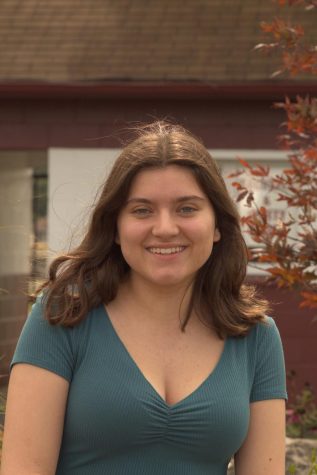
I’m Sydney Wilfong, a senior at AAHS. I’m part of the band as a proud tenor saxophone player. On the days I have time, I enjoy writing, reading and...



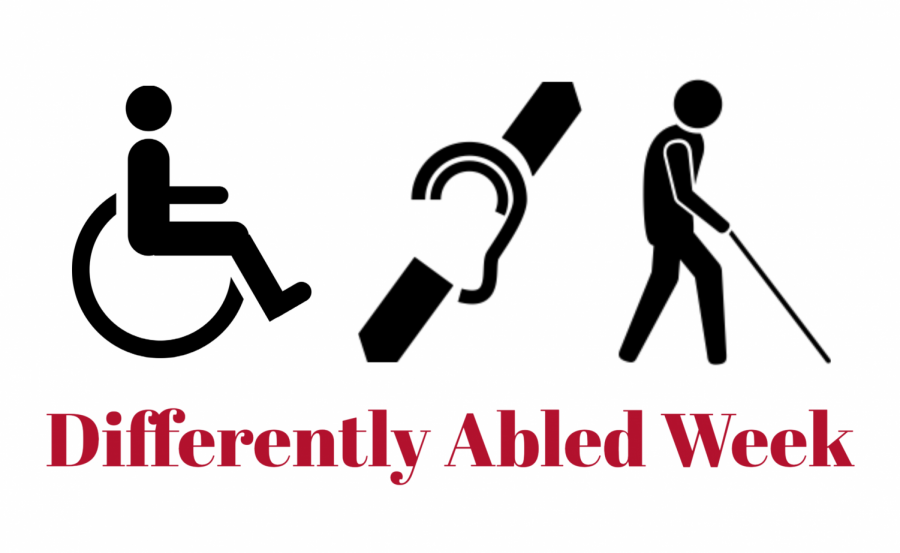


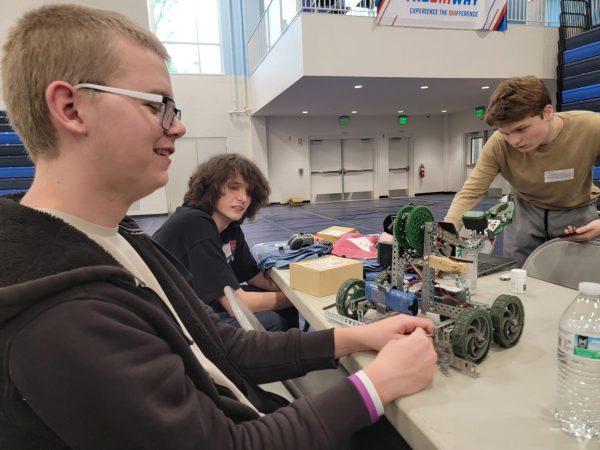
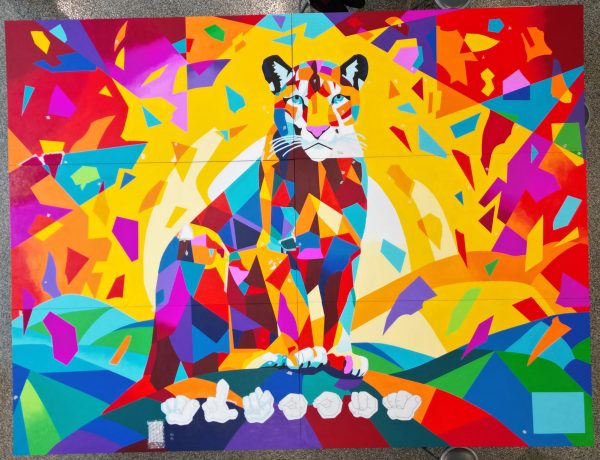

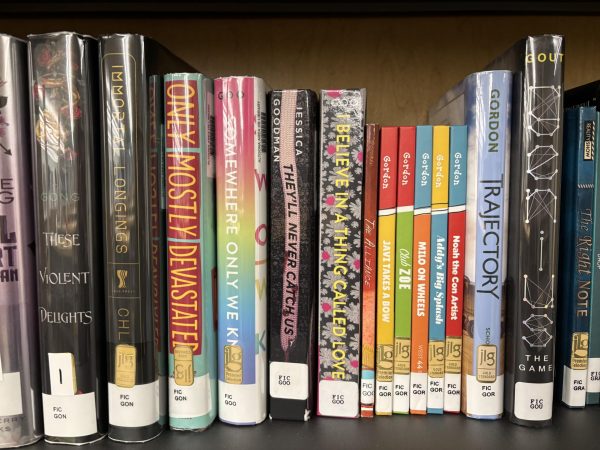


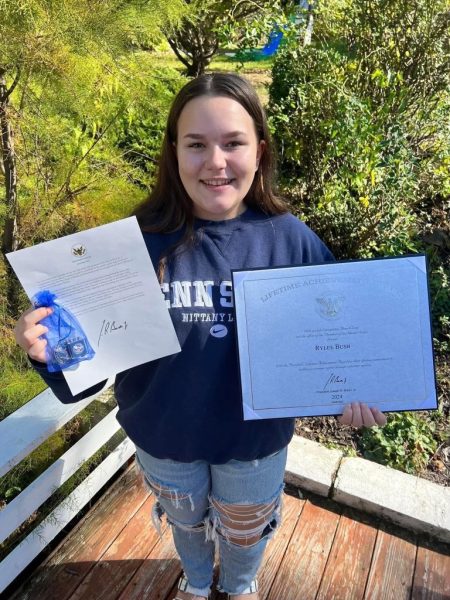
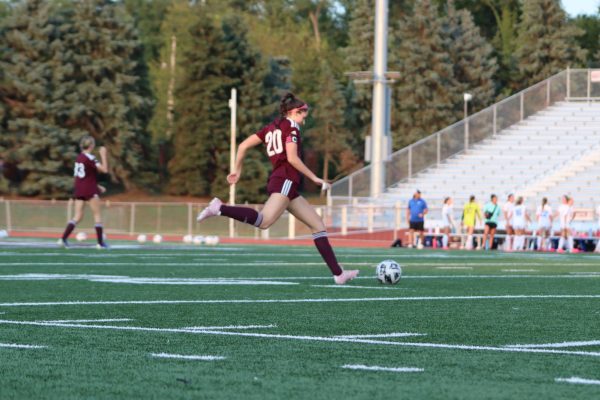
Katrina Gentsch • Mar 30, 2021 at 10:03 am
Excellent article! Very well written. It is certainly a good exercise for each of us to try so we can have a little empathy for our “differently abled” students.
Jo Woolridge • Mar 30, 2021 at 8:36 am
Outstanding reporting Sid! I am so proud of you. Keep growing!